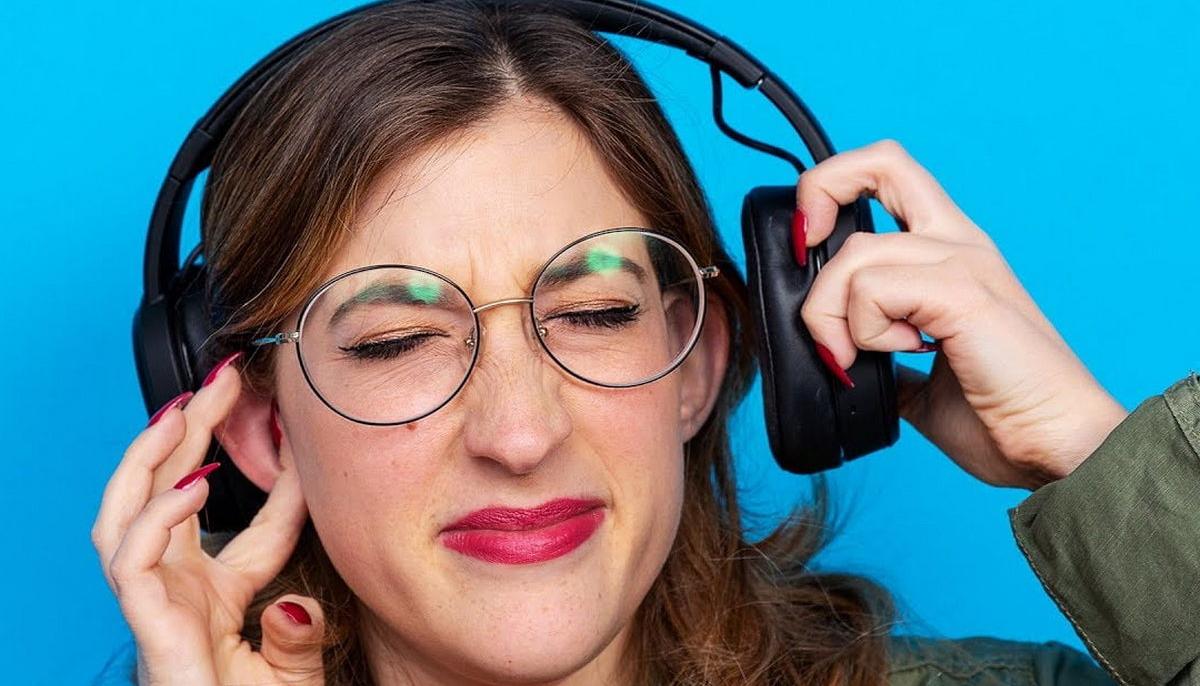Music is part of life, it delights, excites, rejoices, consoles, awakens memories. Listening to music with headphones, today, more than in previous years, has become an integral part of many daily activities. People listen to music in the subway, on the way to the office, in the park, for a walk, during sports activities, outdoors or at the gym, while working. But how much and how do you use audio headphones so as not to damage your hearing?
Excessive use of headphones can damage hearing
The fact that high volume in headphones can cause temporary or permanent hearing loss is not a myth.
At the level of the inner ear, inside the cochlea, there are the so-called ciliated sensory cells. On average, a person at birth has approx. 16,000 sensory cells (with cilia). They act as sensory receptors, transforming sound vibrations into electrical nerve impulses. Specifically, they allow the brain to detect sound.
Repeated exposure to loud noises can damage both these cells, as well as membranes, nerves or other component parts of the ear, irreparably affecting hearing . The process is irreversible, the established degradation is usually permanent. Even if the person in question gives up using headphones at high volume and limits participation in concerts or other events where the decibel level exceeds the limit, hypoacusis (hearing loss) persists.
How loud can I listen to music?
The WHO-ITU global standard for international mobile telecommunications aims to regulate exposure to loud sounds through personal audio devices.
According to this standard, each device (smartphone, MP3 player and others) should measure the way the device is used for audio playback and recommends a maximum of:
- 80dB, 40 hours per week for adults.
- 75dB, 40 hours per week - children and people with certain sensitivities.
At the moment, various mobile applications are available that allow the control of the audio volume and that monitor the time in which the user is exposed to a high sound level or issue notifications regarding inappropriate use.
When does listening to music on headphones become a danger?
Prolonged, repeated exposure to over 80dB is a risk factor. Between 30 - 50% of the receptor cells suffer damage or may be completely destroyed before the person notices a decrease in hearing and can perform a hearing screening to confirm hearing loss.
A person who listens to music for 15 minutes at a volume of 100dB is equivalent to the exposure of a factory worker who works 8 hours a day, in an ambient noise of 85dB.
According to the WHO hearing report, people tend to listen to music at a level between 75 - 105 dB. According to estimates, over 50% of people between the ages of 12 and 35 are at risk of experiencing hearing loss.
What audio headphones are recommended for hearing protection?
In-ear headphones, of the ear pot type , are very popular due to their small size. They are considered practical, comfortable and reproduce good sound quality. The disadvantage of in-ear headphones is that they are inserted into the ear, so they direct the sound directly to the eardrum, and the intensity is higher than what the eardrum can transmit.
The ENT doctor's recommendation is to opt for audio headphones that fully cover the ear. In this way, the function of the pavilion to attenuate certain frequencies is not affected.
It is also recommended to avoid using the background noise canceling function ( noise canceling and, especially, active noise canceling ) to protect hearing health. The explanation is simple: this function involves the constant "pumping" of sounds into the ear, which are eliminated with the outside noise. Ideally, the cancellation of passive noises is achieved by a good seal against the environment.







